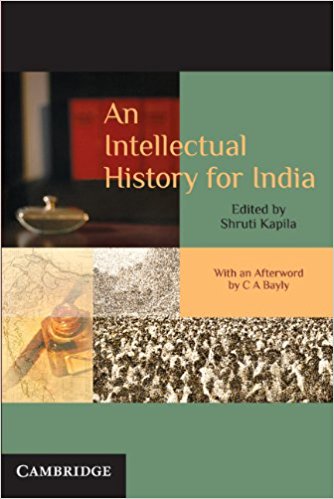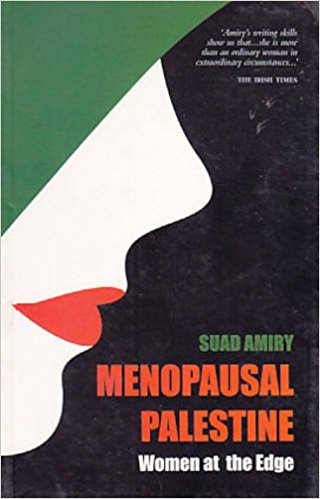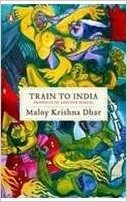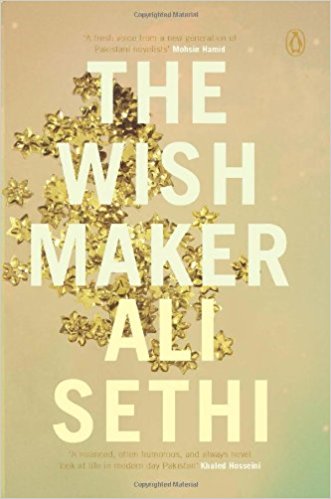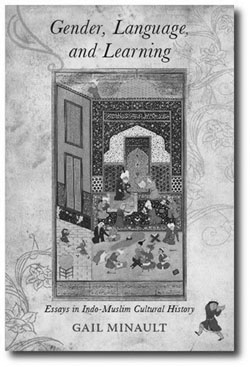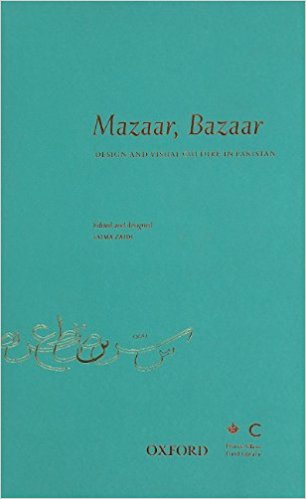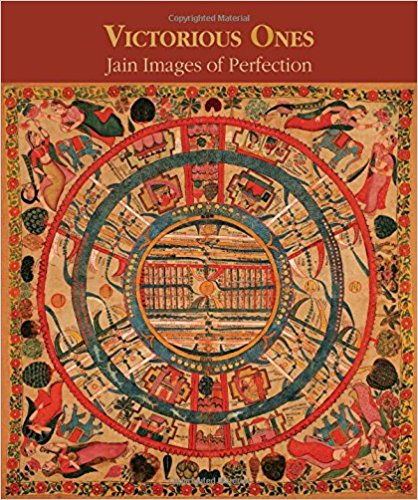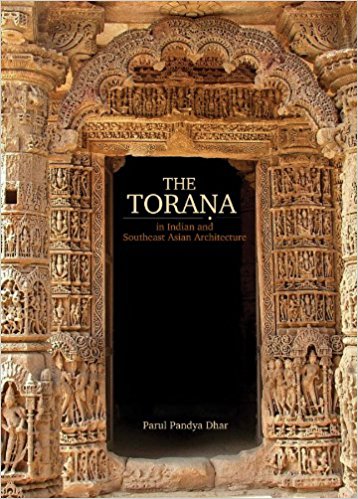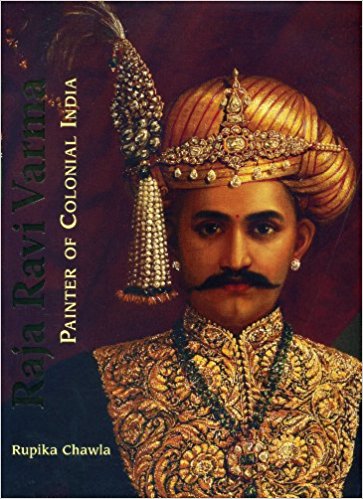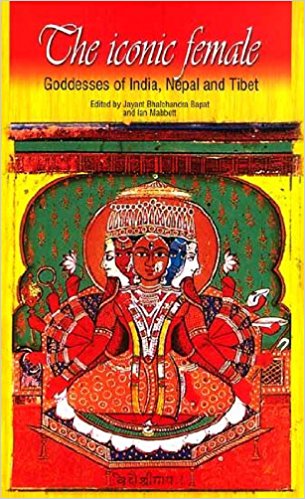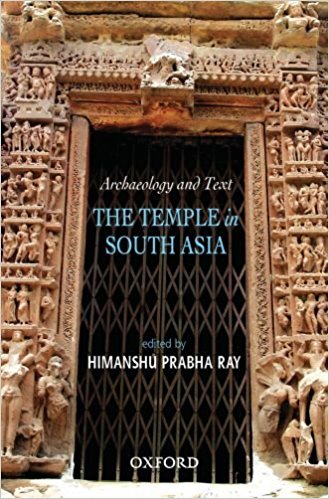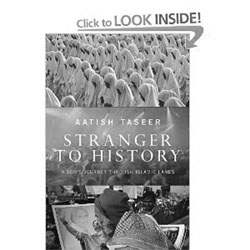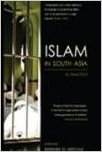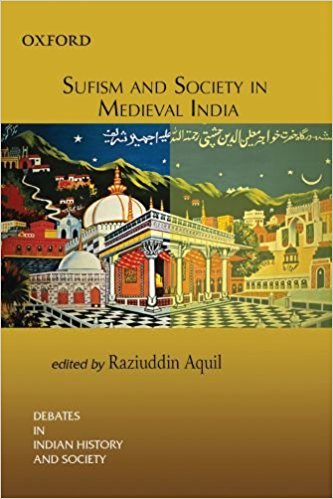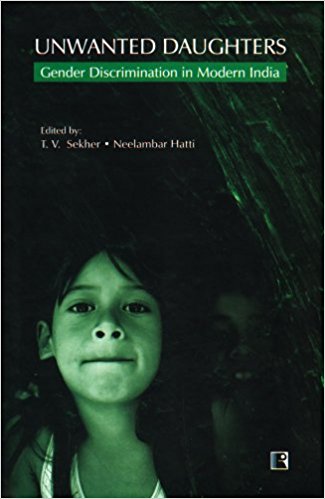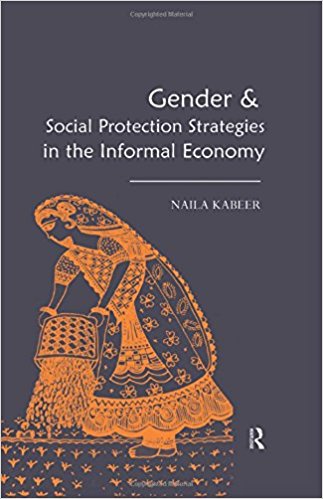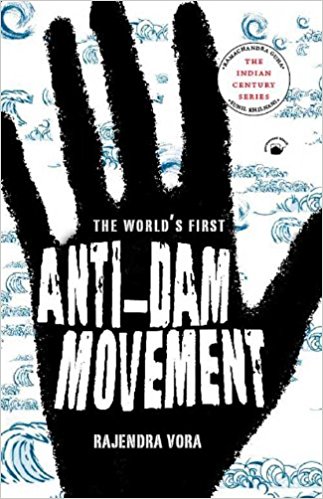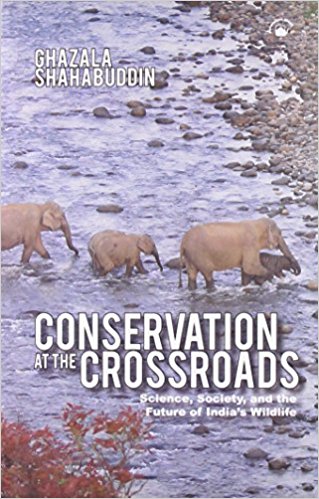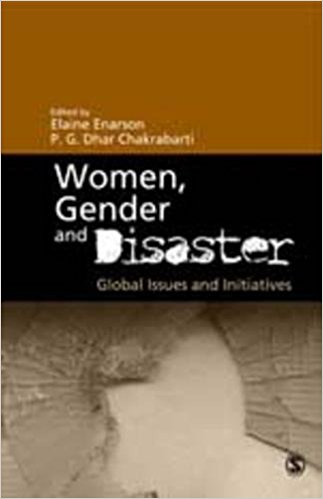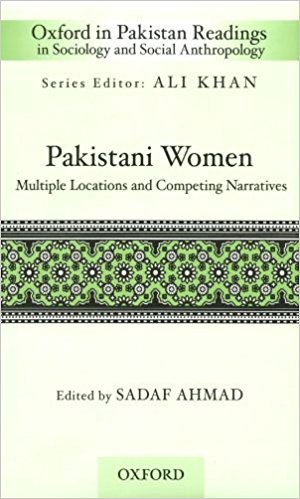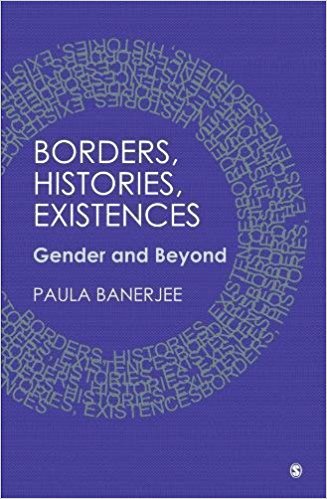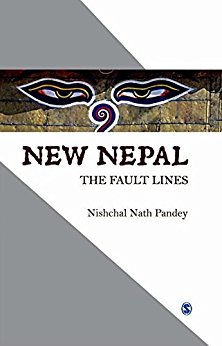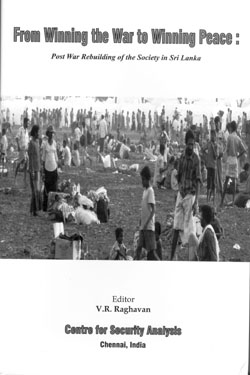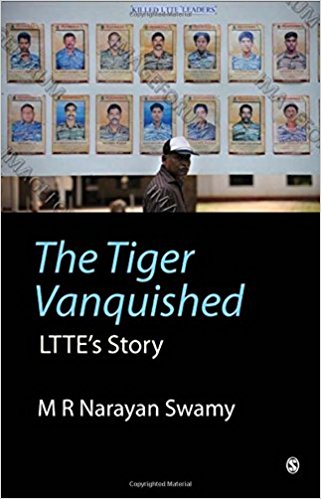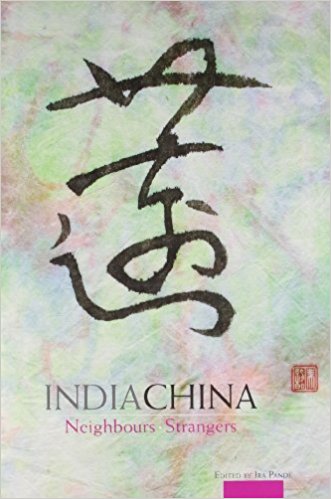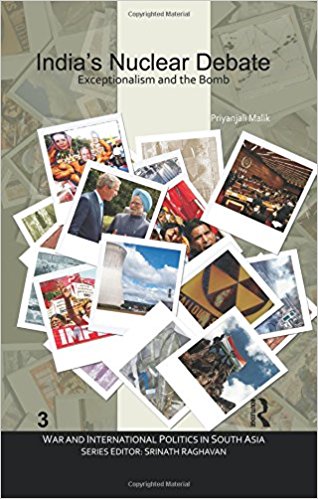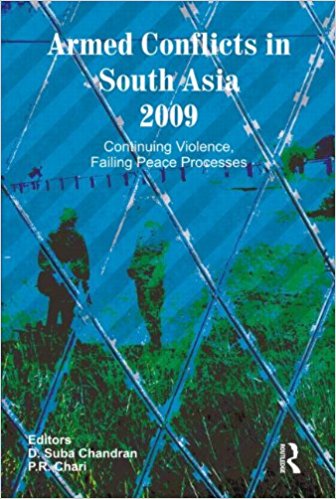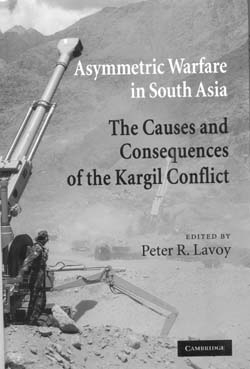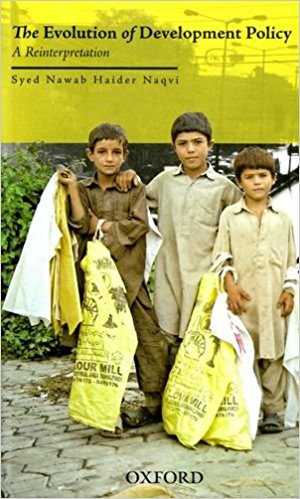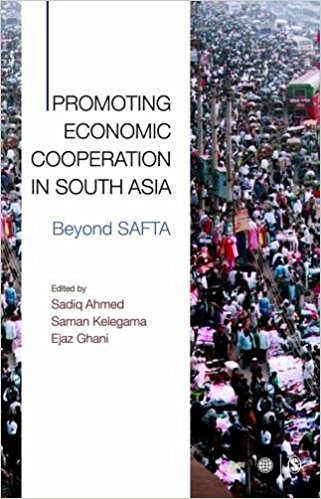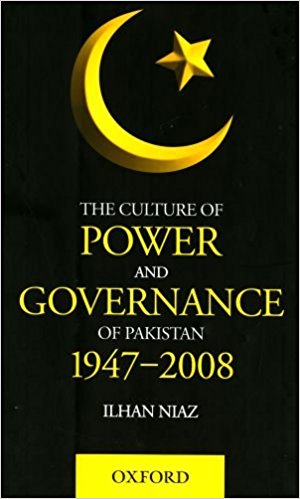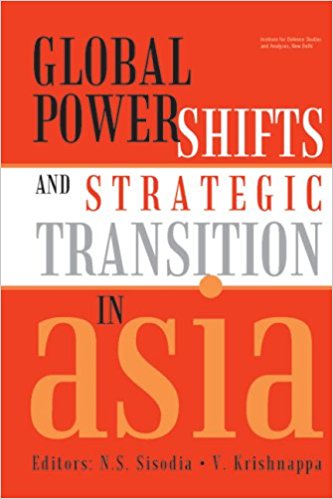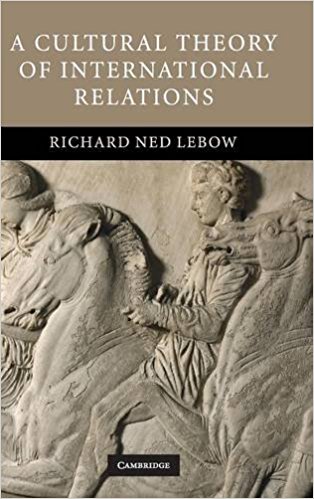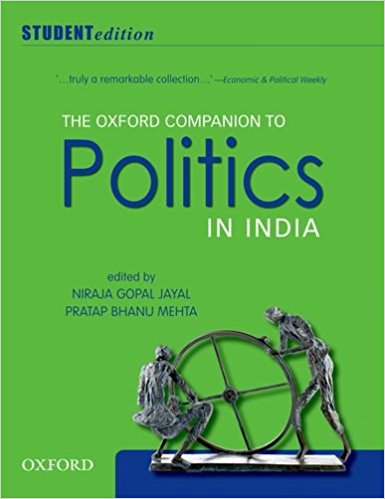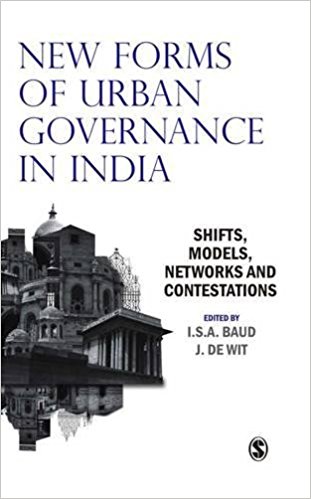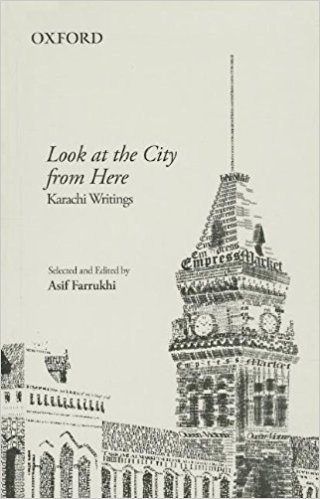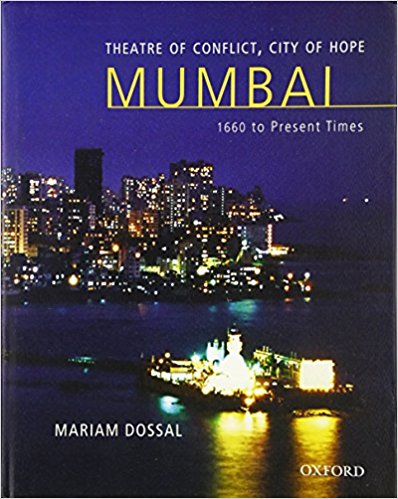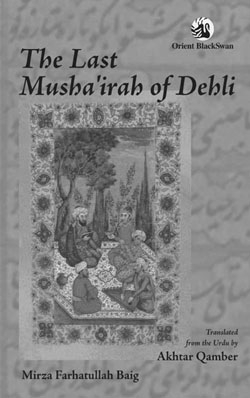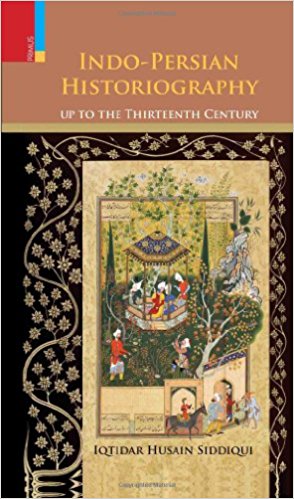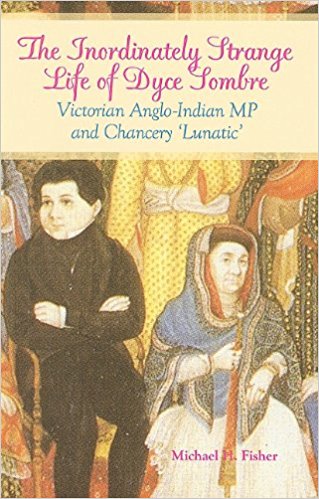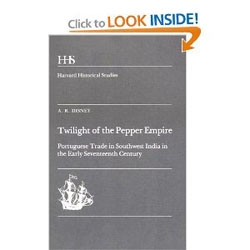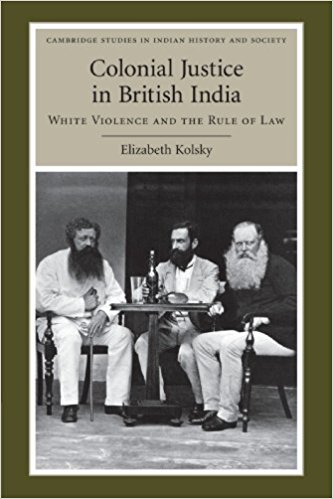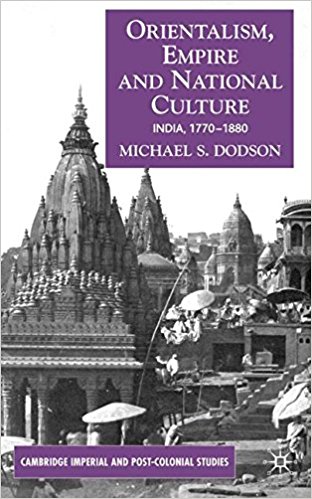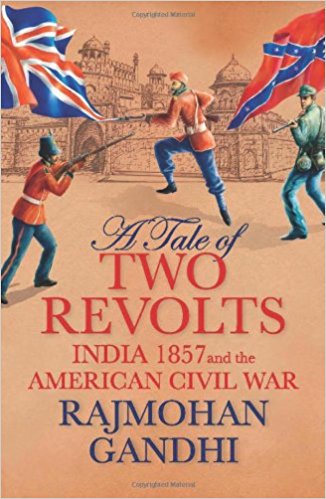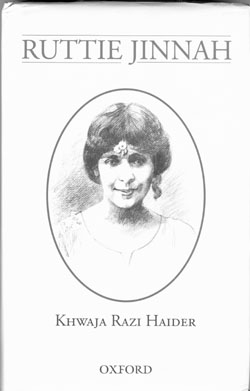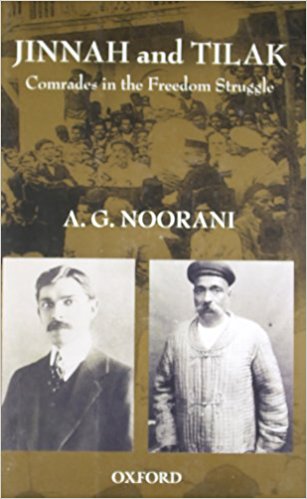The volume under review is a reprint of a special issue of the journal Modern Intellectual History which came out in April 2007. As Kapila notes in the introduction, intellectual history as a genre has not quite developed in the field of Modern Indian History inspite of the pioneering work of Eric Stokes and Ranajit Guha, more than half a century ago…
Archives
August 2010 . VOLUME 34, NUMBER 8This is how Suad Amiry ends the preface to her book, Menopausal Palestine: Women on the Edge. So Amiry puts all the ingredients together, adds dollops of humour and irreverence, and succeeds in publishing an entertaining and insightful book on the lives of women in conflict-ridden Palestine…
Maloy Krishna Dhar’s Train to India may be read as an antithetical account of another perilous journey described by Khushwant
Singh in his Train to Pakistan—both books offering harrowing insights into the colossal human tragedy that engulfed two countries in the wake of the partition of India…
2010
Books by young men who have studied abroad always seem to begin in aeroplanes. The moment you read the first lines—a description
of the view from a window as a flight to Lahore comes in to land—it is evident that The Wish Maker is unlikely to defy the conventions that have sprung up around what is now a flourishing subgenre: the novel of explanation, in which a young Indian or Pakistani sets out
to somehow explain to a newly-interested world the nuances of his country’s past and present, with its coming of age neatly coinciding with his own.
When I met Agha Shahid Ali’s father Agha Ashraf Ali a few months back, he told me about the latest collection of ‘Bhaiya’ (as the poet was lovingly called by his family) that had already come out in the US and was now being brought out by Penguin in India. He was excited about the launch of this collection…
In a chapter not quite characteristic of her general scholarly procedure as a historian, Gail Minault in the middle of this book cuts loose to attempt a sustained comparison between what she calls ‘the Delhi Renaissance’ and the far more lauded ‘Bengal Renaissance’—which should perhaps be similarly…
Fat, oblong, register-shaped, its densely packed (and extremely unwieldy) 347 page body encased in striking turquoise and gold,Mazaar, Bazaar: Design and Visual Culture in Pakistan, landed on my desk a couple of weeks ago; carrying with it the images, iconography and essence of a country and civilization…
This catalogue centres on the idea and image of the Jina or Tirthankara and was published to complement an exhibition recently held at the Rubin Museum of Art in New York. The art objects include serene, solid, and stark images of Jinas that are a perfect foil for the rich palette of painted Jain cosmographs…
This is a succinct monograph on the morphology of the architectural motif of the torana, or the festooned or simply arched portal, that is a fundamental constituent, endlessly repeated in the history of Indian architecture. Lavishly illustrated and printed on heavy art-paper renders it a fairly weighty tome, no doubt one that scholars…
The work of an art restorer is a painstaking affair. Often confronted with a painting covered with soot and grime accumulated over time, bringing a painting to life once again can take months, even years. It involves extensive research into the artist’s social circumstances, reconstruction of working methodology…
Feminine forms have always been represented with great diversity in the Indian subcontinent and the variety of data available can overwhelm most scholars. Every local village has its own kuladevis or devatas and shrines devoted to deities. Every family has its own rites and rituals which have been handed down over several generations…
Ecclesiastical edifices in diverse cultural landscape have played an influential role since their emergence in the Indian subcontinent.
Temple, perhaps, was the most perceptible institution that could register socio-economic and cultural transformations in the surrounding society of which it was an inseparable part. Primarily it emerged as a centre of worship and pilgrimage but its role as museum of art and architecture cannot be denied…
Stranger to History is the story of a dual quest. It is the account of a son’s journey to find his father and of his efforts to discover theroots of his faith. The reader accompanies the young man in his discoveries of mind, faith and philosophy in the heartland of Islam from Istanbul to Damascus and from Mecca to Tehran…
The volume under review includes the work of more than thirty scholars of Islam and Muslim societies in South Asia. The representation is very balanced in the sense that along with many eminent scholars in the field some budding scholars have also contributed to this book. So some of the research findings…
Raziuddin Aquil’s book is well put together. It offers an excellent entry point into the subject of Sufism in the medieval Indian con-text to the uninitiated. Its attractive cover and easy-to-read Introduction, delightfully devoid of jargon, make it a delectable offering. The table of contents holds much promise in the impressive…
India and China are two countries in the world where there are more boys than girls in all age groups. In India, there are just 933 females for every 1,000 males (2001 Census). This is because females are just more likely to die than males. Infant girls may be killed soon after birth; they may be starved, poisoned or suffocated to death….
The study of the informal economy has in recent years become a matter of compelling importance. The many changes at the globallevel in terms of the liberalization processes, deregularization of labour markets and the use of new technologies that impact labour conditions have necessitated closer attention…
Western India was expe-riencing unforeseen changes in its economic and political scene during the years subsequent to the First World War. The textile mills in Bombay and Ahmedabad were trying to increase their production following a decline of imports from England and the decline in production from local handlooms…
The author begins by saying, ‘this book is an attempt to try and understand the shortcomings of the varied strategies that have beenadopted for biodiversity conservation by India since Independence, both in terms of policy as well as implementation’. Keeping the Sariska National Park in view, a background…
Women grieving publicly is the common image of disaster. But this is just the tip of the iceberg. Women suffer disaster un-equally. More women are victims than men of disasters—both natural and manmade. Women get less rehabilitation. Women have less voice in expressing their distress…
This anthology on myriad engagements of social science literature with Pakistani women’s lived experiences comes with two important caveats. In the first chapter, Sadaf Ahmad, its editor, bemoans the lack of a corpus of knowledge on Pakistani women which is nuanced and contextualized,…
The recent violence marking Kashmir’s long summer of discontent is just one more reason why borders need to be studied and under-stood. In Borders, Histories, Existences: Gender and Beyond, Paula Banerjee, head of the Department of South and South East Asian Studies, University of Calcutta, not only trains the light on territory less travelled, she does it through a multi-layered approach…
Journalists write the first draft of history, policy analysts prescriptive analysis and scholars give historical context, meaning and analytical coherence to the contemporary rush of events. Rush at all three in a ‘quickie’, and more likely than not you will flounder, as does Nischal Nath Pandey…
The book under review is a collection of papers presented at a conference on From Winning the War to Winning Peace Post War Rebuilding of the Society in Sri Lanka’ jointly organized by the Centre for Security Analysis and Regional Centre for Strategic Studies at Colombo in August 2009…
Given the regular monotony with which Islamist extremists keep blowing themselves up in Iraq, Afghanistan and the border areas
of Pakistan one may be forgiven for forgetting that the suicide bomber was an invention of the Liberation Tigers of Tamil Eelam (LTTE)—the original big daddy of international terrorism…
Many things about this book are unique and unusual. First is the title itself. There are no punctuation marks connecting the four words India China Neighbours Strangers. This may be symbolic of the disconnect that exists between the two ancient civilizations now attempting to acquire nation-state characteristics…
The literature on India’s nuclear weapons—rationale, policy and capability—has steadily grown since the conduct of the nuclear testsin May 1998. Analysts have written tomes pondering over the whys and wherefores of the nation taking 24 years to openly declare itself a state with nuclear weapons, and the motivations for the timing…
The post-Cold War world has seen more internal conflicts than in-ternational ones. Just as the Cold War bipolar stability maskedintense and destructive regional conflicts, the absence of inter-state conflicts over the two decades since the end of the Cold War has had little effect on the human cost of conflict because these are now paid…
The Kargil conflict of May-July 1999 just refuses to go away. A senior Indian Army officer was indicted recently for ignoring in-formation that Pakistan had intruded across the Line of Control, but pinning the responsibility for this lapse on junior officers. Indeed, several aspects of the Kargil conflict are of abiding interest…
What are the paradigmatic affiliations of development econo-mists and how can a corrective development policy from existing literature and actual experience converge? What is the most appropriate institutional framework which should be adopted for achieving economic progress?…
South Asia has attracted global attention, having experienced rapid GDP growth since 1980, averaging nearly 6 percent per annum.It is also true that the region has shown considerable resilience in face of global financial crisis of 2008–09. Yet the region faces many challenges. In a Preface to the book the editors point to the two faces of South Asia…
Each day brings news of fresh horror from Pakistan—as I write this review it was the bombing of Data Darbar, a shrine dedicated toLahore’s patron saint, the Persian-born Abul Hassan Ali Hajvery. Revered by Sunni, Shi’a, Ahmediyya, and Hindus, this was perhaps the greatest possible moral insult to Pakistan’s cultural capital…
The book under review is a compilation of papers presented at the Asian Security Conference organized by the Institute for DefenceStudies and Analyses (IDSA) in 2008, the tenth such annual event since it was started in 1999. The IDSA should be congratulated for their commendable initiative to hold this annual event…
A theory of International Relations (IR) which purports to be cultural needs to grapple with at least three categories of problems.The first concerns this whole business of grand theory. Dreams of a final theory, a set of immutable and fundamental truths about the universe which would explain everything that happens…
A consistent lament of those teaching Political Science in India has been the general absence of globally competent thematic collections that address the specific requirements of an Indian readership. Niraja Gopal Jayal and Pratap Bhanu Mehta contribute fundamentally in remedying this inadequacy by inviting…
Mahatma Gandhi once said that India’s soul lives in its villages. That may well be so, but there is increasing evidence that itsbrain has developed in towns and cities. Unfortunately, while this could never have been the Mahatma’s intention, a curious guilt complex has gripped India’s policy makers as far as the development…
Faiz Ahmed Faiz walked up the stairs to the high terrace of his house in Karachi, and looked down at the city that lay in front ofhim. The country was going through a phase of intense repression under the rule of General Ayub Khan. What Faiz could see from his vantage point was a seamless and unified urban grid that resembled…
In recent years several books have been published on Indian cities. This is a healthy trend because the more we know about our cities,the more effectively we will be able to mediate its development. In this genre, the most written about city in India is perhaps Mumbai. Publications on the city have ranged from coffee table books, fiction…
Mushairah is a poetic symposium in which contemporary poets congregate and recite their original poems. In its classical form, a Mushairah is a literary spectacle where poets of the day exhibit their tremendous creative energies, combined with deep imagination and emotional intensity in their poetry…
Mainstream historiography of Medieval India has hardly explored the early period of the Delhi Sultanate. As the author states in the Preface, the modern historians of Medieval India, with the exception of Peter Hardy, have utilized the compiled histories of the Medieval Period primarily as sources of information…
Dislocation and rootlessness are modern phenomena which stem from the emergence of the nation state and has opened up an entire arm in academics that focuses ‘on those moments or processes that are produced in the articulation of cultural differences.’ As Homi Bhabha puts it, ‘The move away from the singularities…
2010
The book, was first published by Harvard University Press in 1978. At that time, it was one of the few studies on the Portuguese em-pire in Asia focusing on the 17th century and specifically on south-western India and was hailed as a major contribution. The book has been republished by Manohar in 2010 (without any revisions) making it…
this cant about England’s ‘mission’ in India is an afterthought only. Clive and Hastings would have laughed at It is no exaggeration to say that the English school-boy is a young savage At an age when liberal studies should begin to expand his mind and social restraints should curb his egotism and form the heart,…
The West’s gaze of the East is being looked upon with some suspicion in recent years, especially where there have also been relations of power between the observer and the observed. Michael Dodson’s book lays bare the complexity of the ‘persistent truths’ of Orientalism, its ideological underpinnings and its modus operandi…
Of the ideologues of empire in the late nineteenth century, Henry Maine had perhaps the most profound intellectual impact oncontemporaries, ranging from arch-imperialists of the Lugard variety at one extreme to Marx and Engels at the other end of the ideological spectrum. More than anything he influenced…
This book begins with an engaging dedication to the memory of Ramu Gandhi (1937–2007). Ramu was seen at the India Interna-tional Centre day in and day out, a part of the scene, a friend to most members of the club and to the author of this review. I am happy to be able to record my tribute to him…
The purpose of Khwaja Razi Haider’s book is to shed light on the life and personality of Ruttie Jinnah, the wife of Mohammed AliJinnah. It is a well known fact that Jinnah was an extremely private person and this book tries to satiate the curiosity of researchers and lay readers about the inner aspects of Jinnah’s life….
The book under review by the eminent scholar-cum-advocate A.G. Noorani was published in Pakistan and it will attract much attention and debate in India. Noorani’s thesis, argued with formidable skill and compelling documentary support, is that Jinnah started as a secular nationalist…
A part of the Indian century series, edited by Ramachandra Guha and Sunil Khilnani, this book by Raghavan throws fresh light on
the travails the Indian state went through immediately after partition. A number of myths and legends have sprung up about the Nehru era, as a result of deductions made from what first hand literature was readily available at the time…

